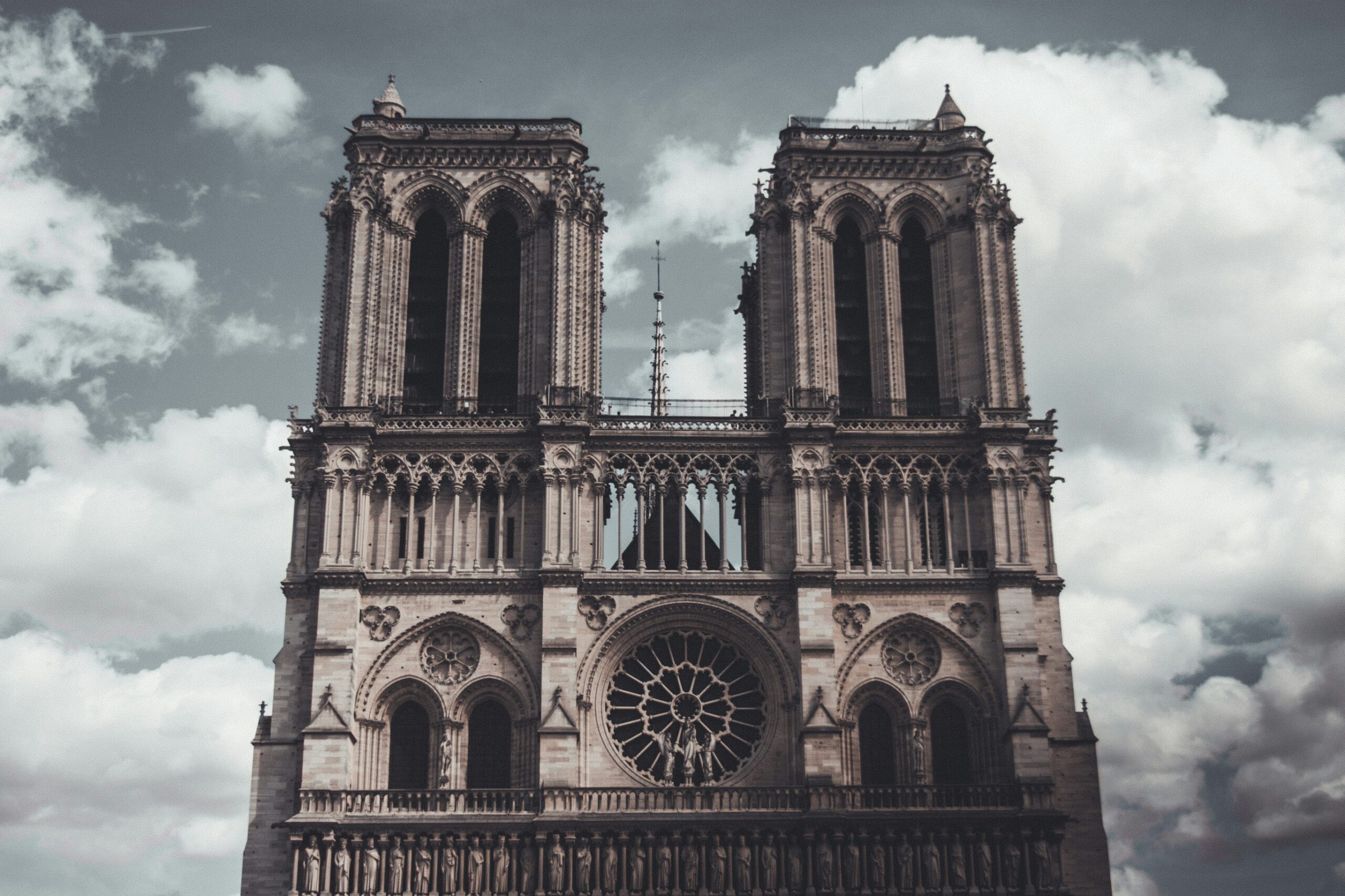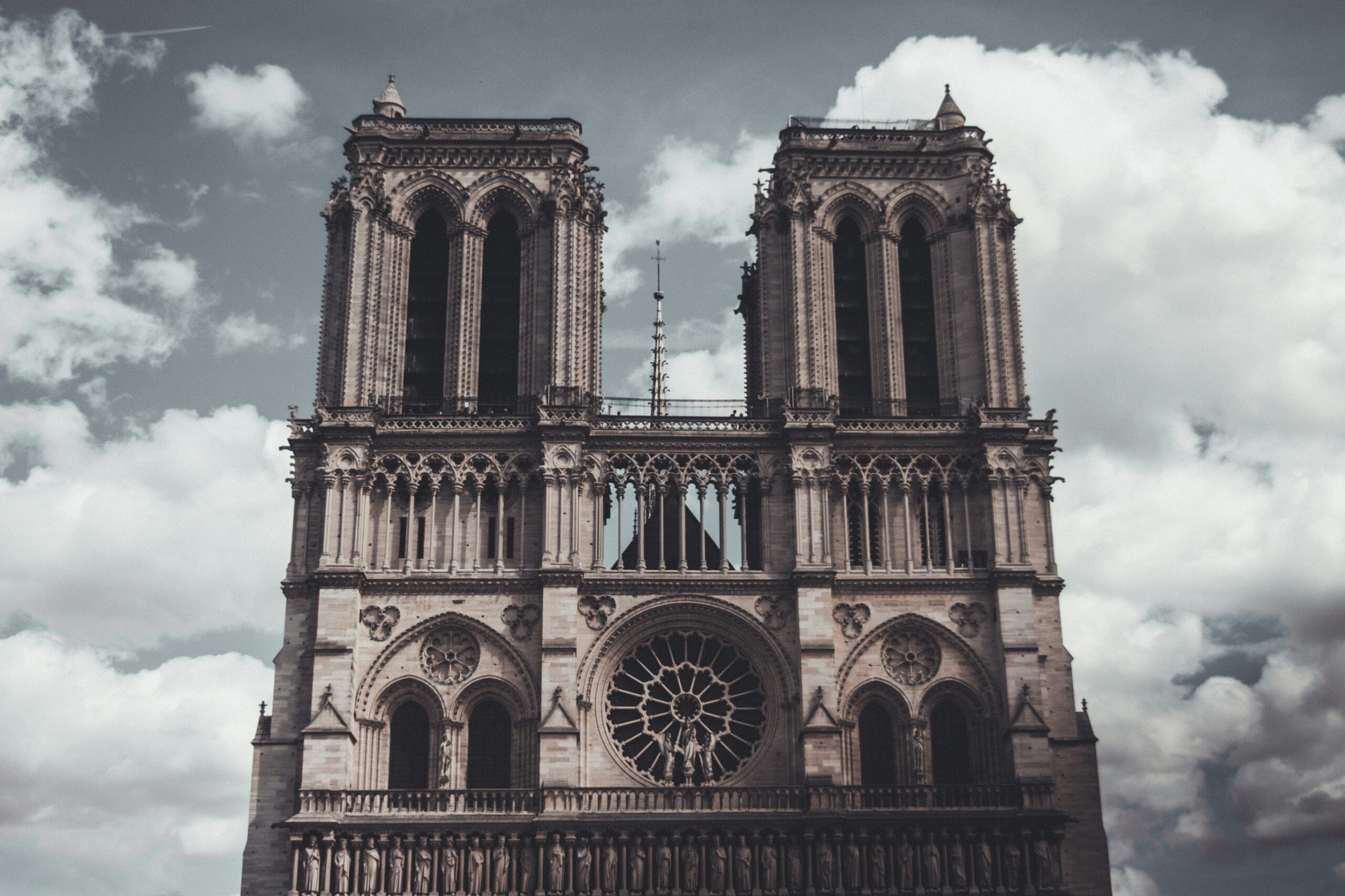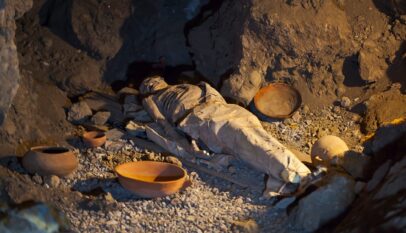Notre Dame Cathedral in Rouen Engulfed in Flames

Introduction: Historical Significance of Notre Dame Cathedral in Rouen
The Notre Dame Cathedral in Rouen is a beacon of historical and cultural heritage, standing as a testament to architectural brilliance and the rich tapestry of Rouen’s past. Erected over several centuries, this Gothic masterpiece is renowned for its intricate design and towering spires, which have long drawn admiration from both locals and visitors. The cathedral’s facade, adorned with detailed sculptures and stained glass windows, is not merely a visual spectacle but also a narrative of religious and historical episodes, each pane and carving telling a unique story.
Founded in the 12th century, Notre Dame Cathedral has been a cornerstone of Rouen’s spiritual and communal life. It has witnessed significant historical events, serving as a sanctuary during periods of turmoil and a place of celebration in times of peace. The cathedral’s bells have tolled for many of Rouen’s defining moments, marking its role as a silent observer and participant in the city’s evolution. Its importance extends beyond the religious sphere, influencing art, literature, and even politics over the centuries.
Architecturally, the cathedral is celebrated for its pioneering Gothic features, including its ribbed vaults, flying buttresses, and the iconic Flamboyant Gothic style of its western facade. These elements not only highlight the ingenuity of medieval craftsmen but also underscore the cathedral’s status as a symbol of enduring human creativity and resilience. The Rouen Cathedral has inspired numerous artists, including the famed painter Claude Monet, whose series of paintings captured the cathedral’s facade at different times of the day, illustrating its changing light and mood.
Understanding the historical and cultural significance of the Notre Dame Cathedral in Rouen is essential to grasp the profound impact of the recent fire. This tragic event not only threatens a beloved landmark but also endangers a repository of collective memory and artistic heritage. The flames that engulfed the cathedral represent a loss that resonates deeply within the community and far beyond, underscoring the need for preservation and reverence for such irreplaceable monuments.
The Incident: Fire Breaks Out and Black Smoke Engulfs the Spire
On a fateful evening, the historic Notre Dame Cathedral in Rouen was suddenly engulfed in flames, sending shockwaves through the community and beyond. The fire reportedly started in the early hours, rapidly consuming parts of the centuries-old structure. Eyewitnesses described scenes of horror as thick black smoke billowed from the spire, a somber signal of the unfolding tragedy. The cause of the fire remains under investigation, though initial reports suggest it may have been linked to ongoing restoration work.
As the fire spread, it became evident that controlling the blaze would be no easy task. The flames quickly advanced, feeding on the wooden framework and other combustible materials within the cathedral. First responders arrived promptly, but they were met with significant challenges. The intricate architecture that once symbolized the grandeur of Notre Dame Cathedral in Rouen now posed obstacles in reaching and extinguishing the fire effectively.
Firefighters employed various methods to combat the inferno, including aerial water drops and ground-based efforts. Despite their valiant attempts, the fire’s intensity and the thick layers of smoke hampered visibility and access, making it difficult to contain the damage. The spire, an iconic feature of the cathedral, was particularly vulnerable and soon became engulfed in flames, eventually collapsing to the collective dismay of onlookers.
In the midst of the chaos, efforts were made to protect the surrounding areas and prevent the fire from spreading further. Adjacent structures were evacuated as a precautionary measure, and emergency services worked tirelessly to ensure the safety of residents and on-site personnel. The immediate priority was to safeguard as much of the cathedral as possible, preserving its historical and cultural significance for future generations.
Damage Assessment: Structural and Cultural Losses
The recent fire at the Notre Dame Cathedral in Rouen has left behind a trail of significant structural and cultural damages. Preliminary reports indicate that the fire caused extensive damage to the roof and the spire, which were among the most iconic features of the cathedral. The roof, made of ancient timber, was largely consumed by the flames, resulting in the collapse of the spire. This collapse led to further damage to the nave and the transept, raising serious concerns about the overall structural integrity of the building.
Additionally, the fire has taken a toll on the cathedral’s invaluable collection of artworks and relics. While some pieces were successfully salvaged, others were either partially damaged or completely lost to the flames. Notably, the stained glass windows, some of which date back to the 13th century, suffered considerable damage. These windows are not only artistic masterpieces but also historical records that have witnessed centuries of events.
Experts have begun to assess the long-term consequences of the fire on Notre Dame Cathedral. Structural engineers and historians are collaborating to evaluate the full extent of the damage and to outline a plan for restoration. Initial assessments suggest that while the main structure remains standing, immediate stabilization efforts are required to prevent further deterioration. The loss of the wooden roof framework, often referred to as “the forest” due to its intricate design, poses a unique challenge for restoration teams.
Culturally, the fire represents a profound loss. Notre Dame Cathedral in Rouen is not just a place of worship but a symbol of historical and architectural heritage. The impact of this tragedy resonates deeply within the community and beyond. As restoration efforts begin, there is a collective commitment to preserving the cathedral’s legacy for future generations, despite the daunting task ahead.
Community Response and Future Rebuilding Efforts
The devastating fire that engulfed the Notre Dame Cathedral in Rouen has elicited a profound response from the local community, government officials, and international bodies. In the immediate aftermath, relief efforts were swiftly mobilized to assess the damage and secure the site. Local authorities, in collaboration with fire brigades and conservation experts, worked tirelessly to prevent further destruction and salvage valuable artifacts from the historic structure.
The emotional aftermath of the fire has been palpable. For the residents of Rouen, Notre Dame Cathedral is not just an architectural marvel; it is a symbol of their heritage and cultural identity. Vigils and community gatherings have been organized to provide solace and unify the community during this challenging time. The outpouring of support underscores the deep connection the people of Rouen have with this iconic monument.
In response to the tragedy, fundraising initiatives have been launched both locally and internationally. Philanthropic organizations, cultural institutions, and private donors have pledged substantial funds to aid in the restoration efforts. The French government has also committed to providing financial support, underscoring the cathedral’s significance as a national treasure. These efforts aim to not only restore the physical structure but also to preserve the cultural and historical essence of the Notre Dame Cathedral in Rouen.
Looking ahead, the rebuilding process presents both opportunities and challenges. Experts are currently conducting thorough assessments to determine the extent of the damage and to draft comprehensive restoration plans. The goal is to meticulously restore the cathedral while integrating modern safety measures to prevent future incidents. However, the process is expected to be lengthy and intricate, necessitating collaboration among architects, historians, and conservationists.
The importance of preserving historical landmarks like the Notre Dame Cathedral cannot be overstated. These structures are irreplaceable assets that embody the cultural and historical narratives of their communities. The collective efforts to rebuild and restore the cathedral will not only revive an architectural masterpiece but also reinforce the resilience and unity of the community in the face of adversity.
Baba Vanga’s 2025 Predictions Will Shock You: The Beginning of the End
Introduction to Baba Vanga and Her PredictionsBaba Vanga, a blind Bulgarian mystic, has in…








